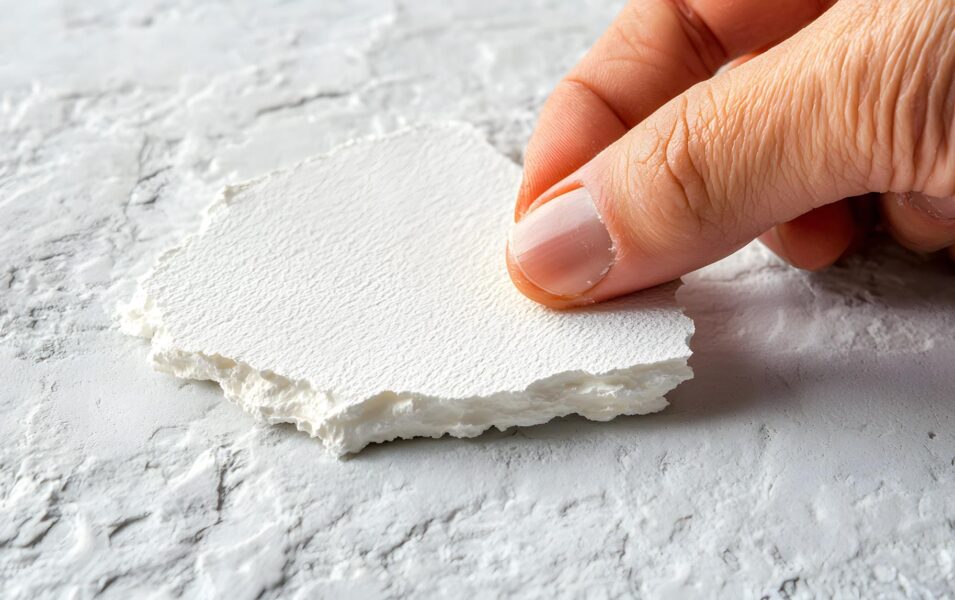What Fifty Shades Didn’t Tell You About Paper …
It’s probably fair to say that anyone feverishly feasting their eyes on one of E.L. James’ 50 Shades novels will have been paying scant attention to the quality of the paper it’s printed on.
But if we delve into the science of paper and how it is made, an exciting world of discovery awaits.
For most people, paper quality is synonymous with thickness. And they do have a point, but there’s lots more to it than that.
Next time you pick up a beautifully printed certificate or letterhead, you might just notice the crispness and strength of the paper.
And compare it to the flimsy weakness of cheaper materials used to print things like raffle tickets and mass market flyers.
Much of it is down to the fibres.
Long fibres, which you get from Eucalyptus pulp, for example, make for superb quality paper, whereas very short fibres, sometimes from repeatedly recycled material, have little or no strength at all.
Which is why you get such flimsy, weak material at the cheapest end of the paper market.
I do get that it’s hard to get pulses racing over stuff like this, and no one is going to reach for the smelling salts when you start waffling on about what makes good paper.
But it’s pretty important stuff when you’re choosing a paper or board for a piece of print that needs to impress.
The paper you use can be almost as important as what you print on it. Which is why we’re on hand if you ever want to get deep into this fascinating subject.
On the other hand, …
If you’ve overindulged on poisonous biryanis all weekend, then the science of highly absorbent short-fibre paper might be of more immediate interest to you.
Until next week.
Alec

